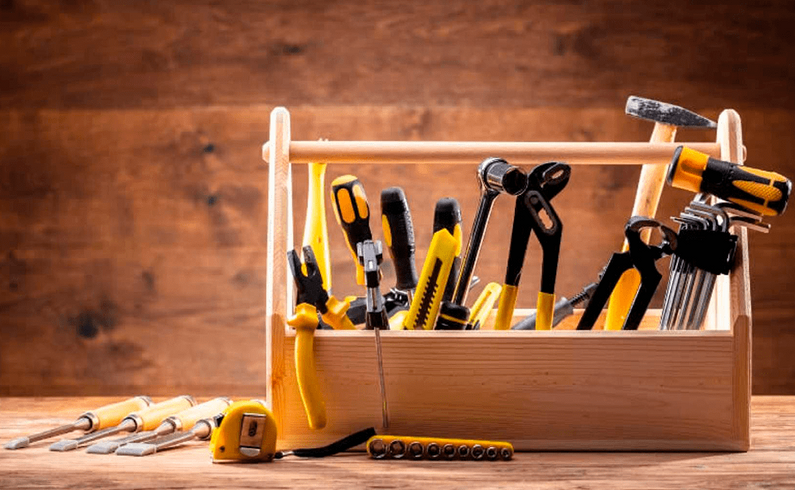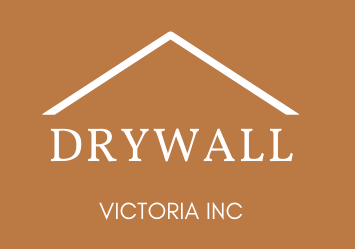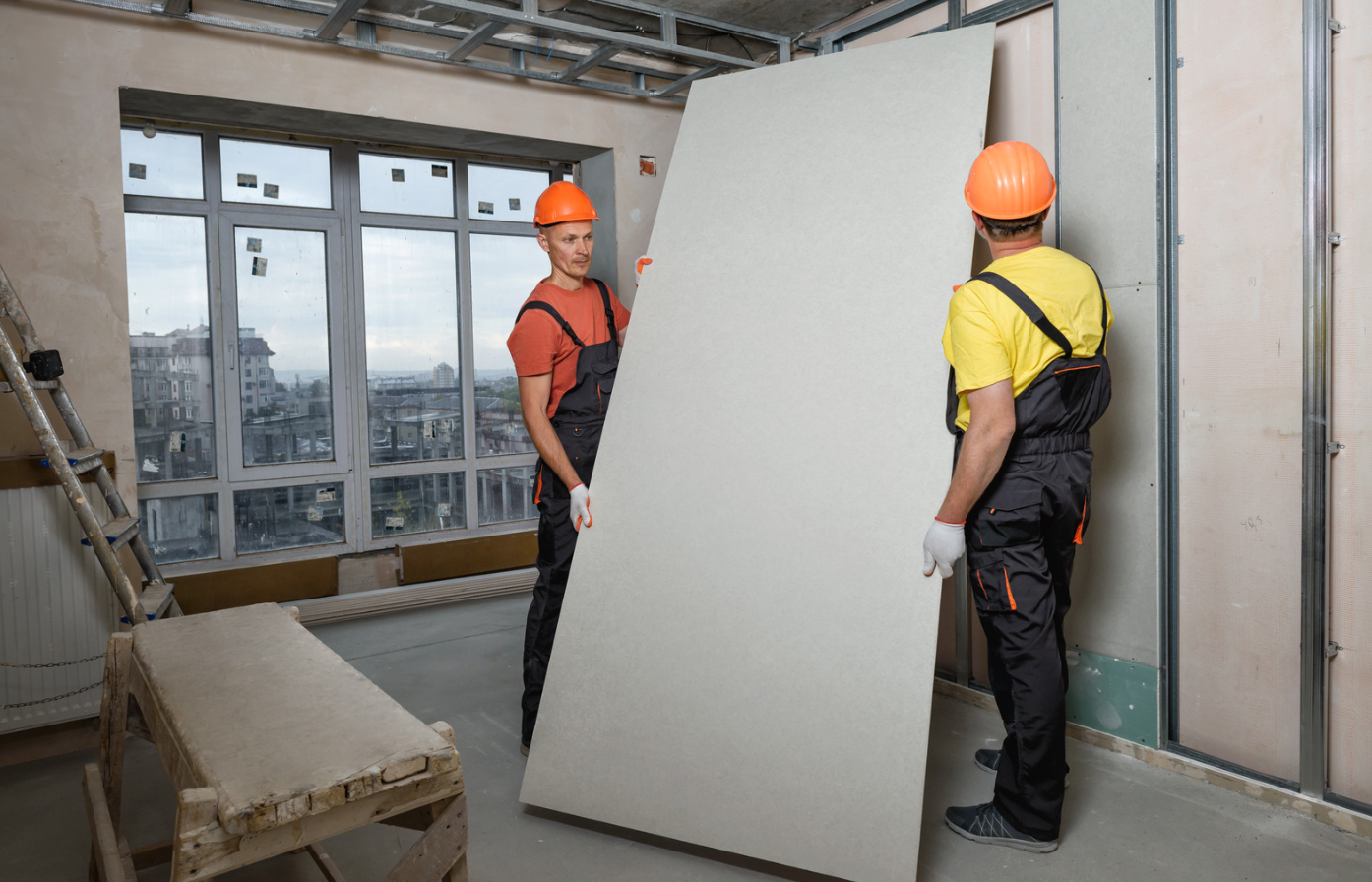Best Home Appliance Stores in Victoria, BC
Shopping for home appliances can be a pain; comparing prices, finding the right brands, and understanding which appliance will suit your needs best is time consuming and confusing. However, there are many home appliance stores located in Victoria, BC that can help take the guesswork and confusion out of this process and help you to make the right choice. Whether you wish to shop online or in-person, these stores have you covered.
Best Home Appliance Stores:
There are a variety of home appliance stores in Victoria, BC to choose from, so you are essentially guaranteed to find one that will fit your needs. Below is a list compiled of the best home appliance stores in Victoria.
- Coast Appliances is an appliance store with locations in Vancouver, North Vancouver, Coquitlam, Surrey, Victoria, Abbotsford, Nanaimo, and Kelowna. This store offers its customers a wide range of products such as washers and dryers, refrigerators and freezers, dishwashers, ovens, microwaves, and even coffee machines and garbage disposals. Coast Appliances caters to all of your home appliance needs, and their top priority is customer service. You can shop at one of their stores or on their website.
- Another fantastic home appliance store is Lansdowne Appliance Gallery. This locally owned business has been in operation since 1988 and is located in Victoria, BC. They offer appliances in a wide range of categories, such as laundry appliances, kitchen appliances, and commercial appliances, and carry numerous major brands. Furthermore, Lansdowne offers in-house delivery service, professional installation services, and even a price match guarantee, so you don’t have to worry about finding the best deal or installing your new appliances.
- West Coast Appliance Gallery
is another locally owned store that has been serving the Victoria, BC area for several decades. They offer a wide selection of major brand name appliances for laundry, kitchen, commercial appliances, garden, outdoor kitchens, and other small appliances. Moreover, they offer numerous services, such as pre-delivery and repair services. West Coast Appliance Gallery is a business you can trust with experts who can help you find the right products for you.
- Lastly, Leon’s Furniture Store is a home appliance store with locations in Kelowna, Abbotsford, Langley, Coquitlam, Delta, Richmond, and Victoria. In addition to offering major brand name appliances for all of your laundry and kitchen needs, they also sell furniture, mattresses, electronics, home accents, and outdoor furniture. They provide delivery services, installation services, a price match guarantee, warranties, and financing services. Leon’s Furniture Store has been satisfying customers for over 100 years with their expertise and high-quality products.
Whichever store you decide to purchase your home appliances from, you can be certain of receiving excellent customer service, top of the line products, and competitive prices. These stores are dedicated to providing you with the best shopping experience and helping you to make informed decisions about appliance types and brands. So, visit one of their locations or websites today to find the exact product you’ve been looking for. If you are in the middle of moving and need renovations done, contact our general contractors for help!
You might also like



